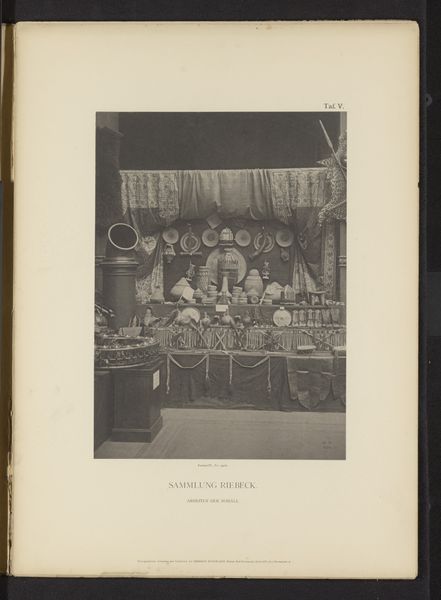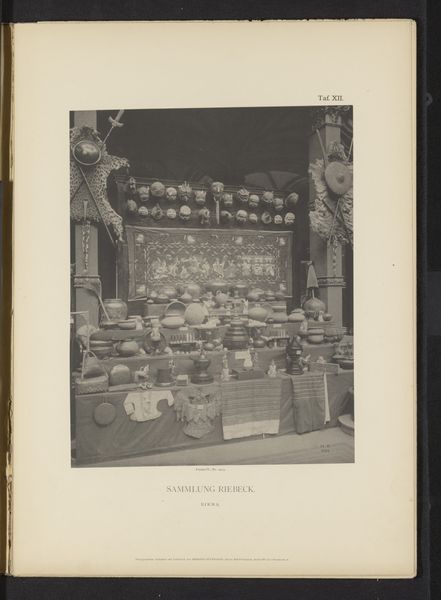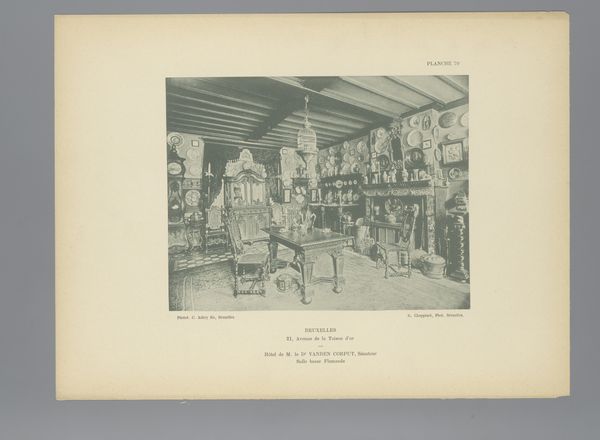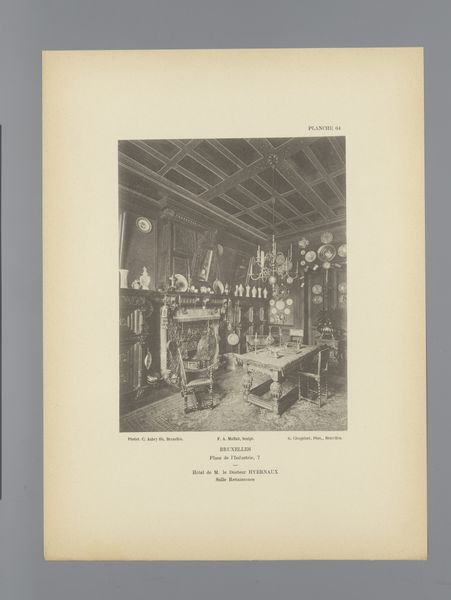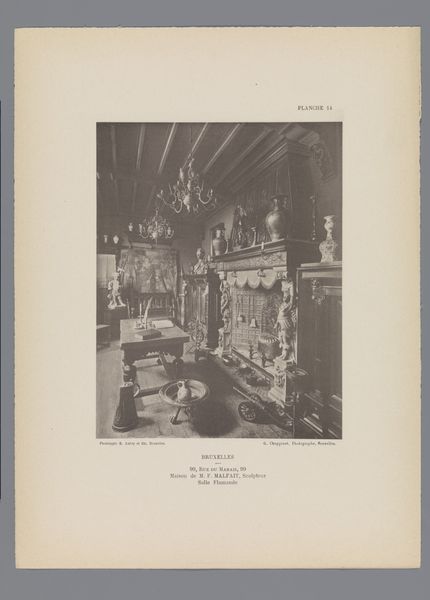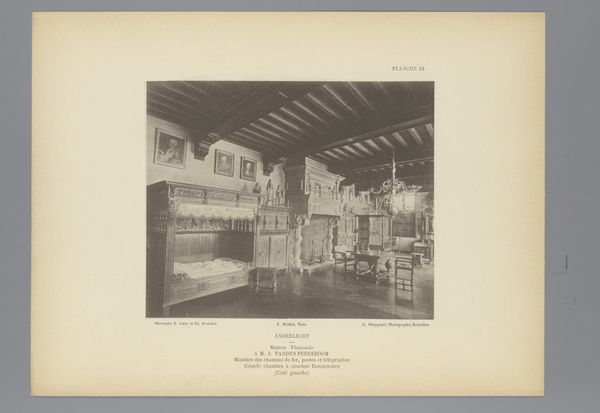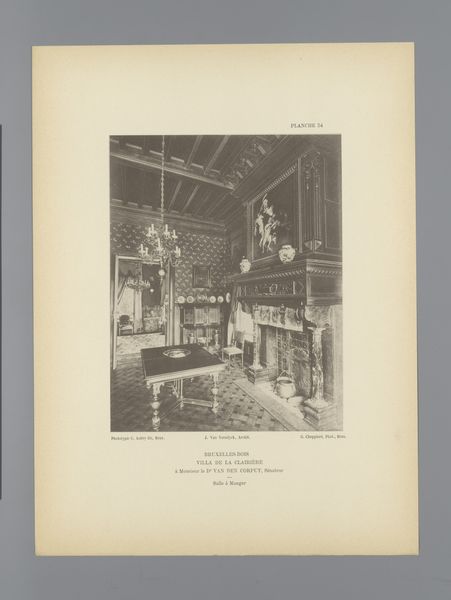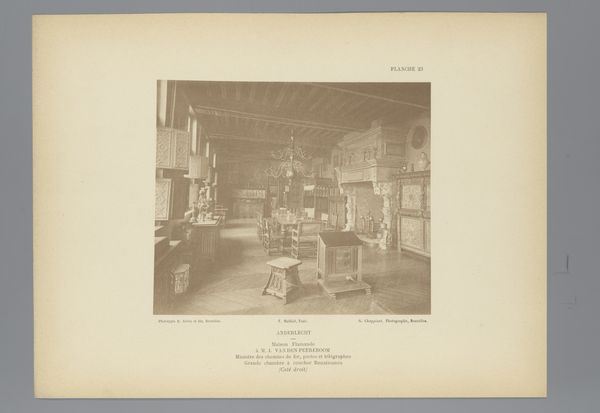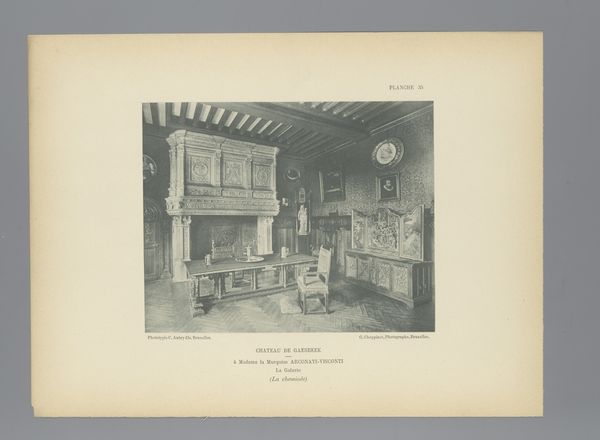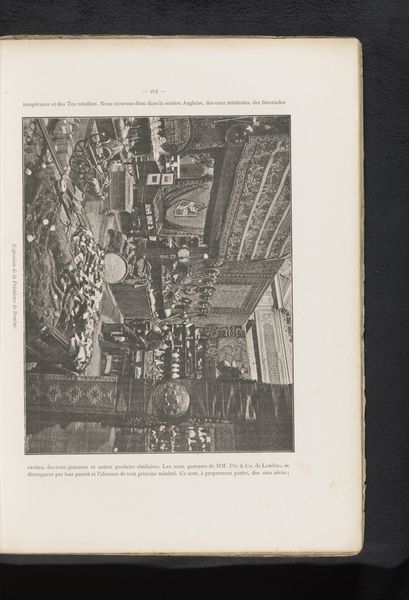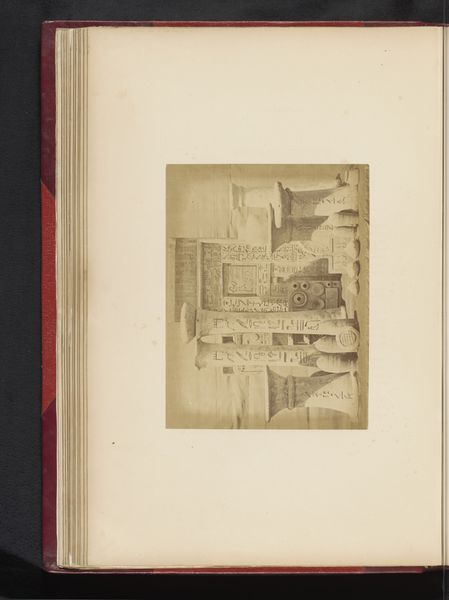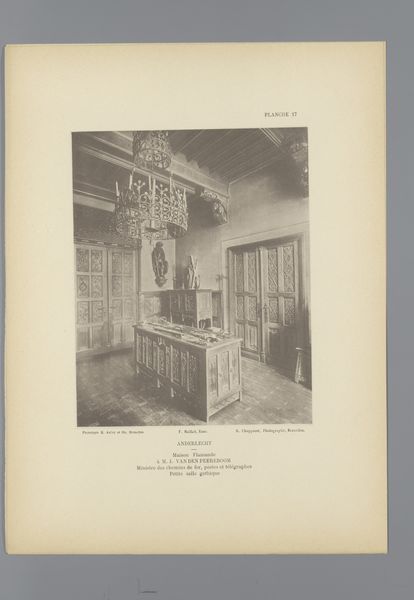
Objecten uit Chittagong uit de verzameling van Emil Riebeck, op de binnenplaats van het Kunstgewerbemuseum in Berlijn 1884
0:00
0:00
print, photography, albumen-print
# print
#
photography
#
orientalism
#
albumen-print
Dimensions: height 307 mm, width 234 mm
Copyright: Rijks Museum: Open Domain
Editor: Here we have "Objecten uit Chittagong uit de verzameling van Emil Riebeck, op de binnenplaats van het Kunstgewerbemuseum in Berlijn", a photograph dating back to 1884, presented as an albumen print. It depicts what looks like an ethnographic display. There's almost a romantic air to its presentation; What do you make of this arrangement? Curator: This image provides us a window into the history of collecting and display, specifically the rise of ethnographic museums in the late 19th century. Emil Riebeck’s collection from Chittagong, now Bangladesh, positioned within the Kunstgewerbemuseum, speaks volumes about the museum’s ambition to showcase world cultures, but through a very specific lens. Editor: A lens that being...? Curator: An imperial lens. Consider the context: Germany, like other European powers, was expanding its colonial influence. The Kunstgewerbemuseum, and displays like this, played a role in shaping public perceptions of colonized lands. The act of collecting and presenting these "objects" within a European museum framework implies a power dynamic – of who has the authority to define and categorize culture. What's more, this photograph immortalizes a subjective moment of its arrangement and display according to particular western ideals. Editor: So the objects, devoid of their original context, become specimens in a scientific project of sorts? Curator: Precisely. It is about creating a visual narrative that reinforced Europe's sense of superiority and its self-appointed role as the caretaker of world cultures. And photography plays its own part by visually framing its other. Editor: I never considered that the setup was more of a power statement than an innocent arrangement of artifacts. Thank you! Curator: It makes you consider how display practices continue to impact perceptions and shape cultural understanding today.
Comments
No comments
Be the first to comment and join the conversation on the ultimate creative platform.


